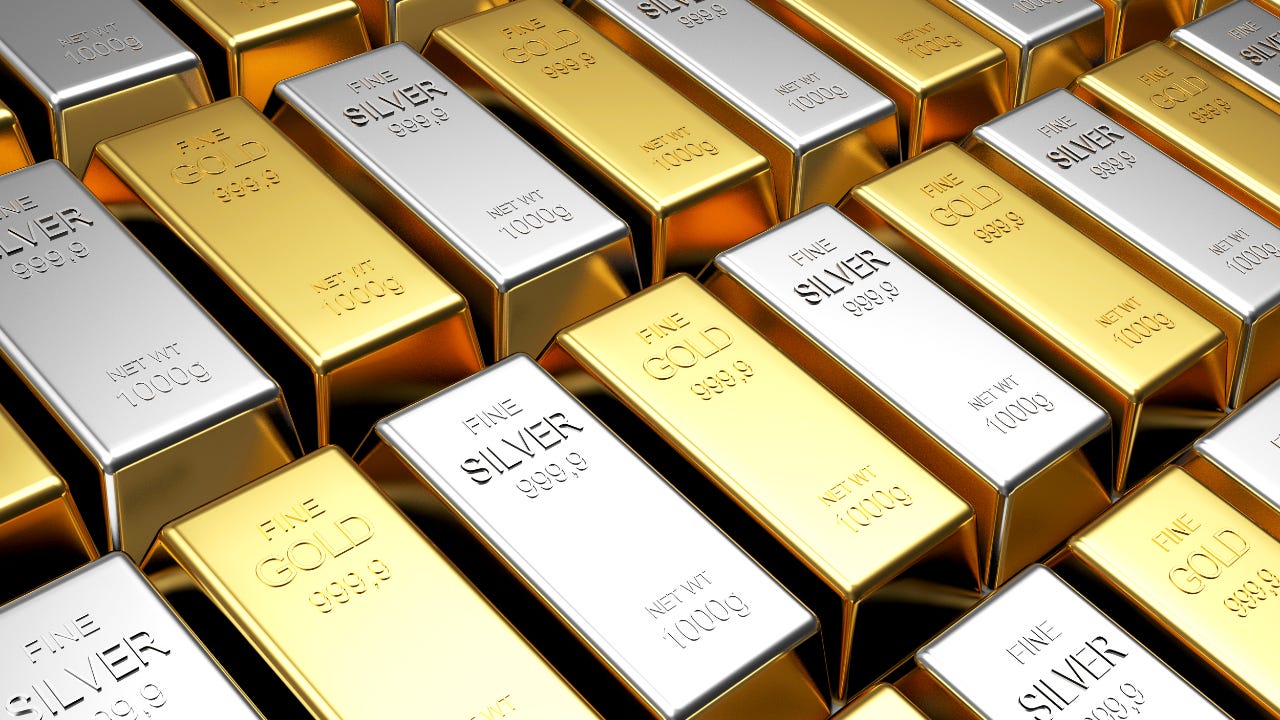
When it comes to investing, gold and silver have long been revered as safe-haven assets. Both metals hold intrinsic value and have been used as forms of currency throughout history. However, for investors looking to diversify their portfolios or hedge against economic uncertainties, the question remains: Is gold or silver a better investment?
Historical Performance
Gold: The Timeless Metal
Gold has stood the test of time as a store of value and a hedge against inflation. Dating back thousands of years, gold has been prized for its scarcity and durability. Over the centuries, gold has maintained its value through wars, economic crises, and political upheavals.
Silver: The Versatile Metal
While not as storied as gold, silver also boasts a rich history as a form of currency and a store of value. Like gold, silver has been used for thousands of years in coins, jewelry, and other valuable items. However, silver is also widely used in industrial applications, including electronics, solar panels, and medical devices.
Supply and Demand Dynamics
Gold: Limited Supply, High Demand
One of the key factors driving the value of gold buyers is its limited supply. While gold is relatively scarce, it is also highly demanded for jewelry, investment purposes, and central bank reserves. As a result, gold prices are influenced by factors such as geopolitical tensions, inflation expectations, and monetary policy decisions.
Silver: Industrial Demand and Investment Appeal
Unlike gold, silver has both industrial and investment demand. While silver is also limited in supply, it is more abundantly found in the Earth’s crust. Industrial applications account for a significant portion of silver demand, with sectors such as electronics, photography, and healthcare relying on the metal.
Price Volatility and Risk
Gold: Stability Amidst Volatility
Gold is often viewed as a stable investment during times of market volatility and economic uncertainty. Its perceived safe-haven status makes it a popular choice for investors seeking to preserve capital and hedge against inflation. However, gold prices can still experience significant fluctuations in the short term.
Silver: Higher Volatility, Higher Potential Returns
While silver offers similar hedge benefits to gold, its prices tend to be more volatile. The dual nature of silver as both a precious metal and an industrial commodity means that its prices can be influenced by a wide range of factors, including economic data, technological advancements, and supply disruptions.
Diversification Benefits
Gold: Portfolio Stability
Gold is often recommended as a diversification tool for investors looking to reduce portfolio risk. Its low correlation with other asset classes, such as stocks and bonds, can help smooth out overall portfolio returns and reduce downside risk during market downturns.
Silver: Potential for Higher Returns
While silver may exhibit higher volatility than gold, it also offers the potential for higher returns. For investors willing to tolerate greater price fluctuations, silver can be an attractive option for enhancing portfolio returns over the long term.
Conclusion: Choosing the Right Investment
In conclusion, both gold and silver offer unique advantages as investment assets. Gold is prized for its stability and long-term value preservation, making it an essential component of any diversified portfolio. On the other hand, silver offers the potential for higher returns and benefits from its industrial applications.
Ultimately, the choice between gold and silver depends on an investor’s financial goals, risk tolerance, and investment horizon. While gold may provide stability and security, silver offers the potential for growth and diversification. By carefully considering the merits of each metal, investors can make informed decisions to protect and grow their wealth in any market environment.

